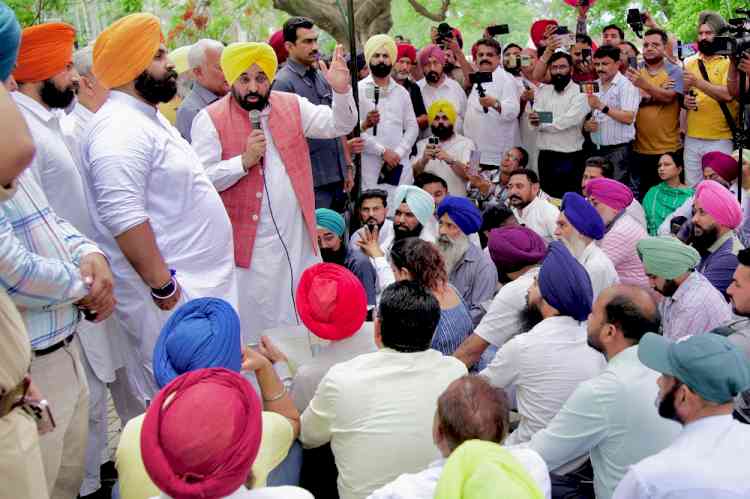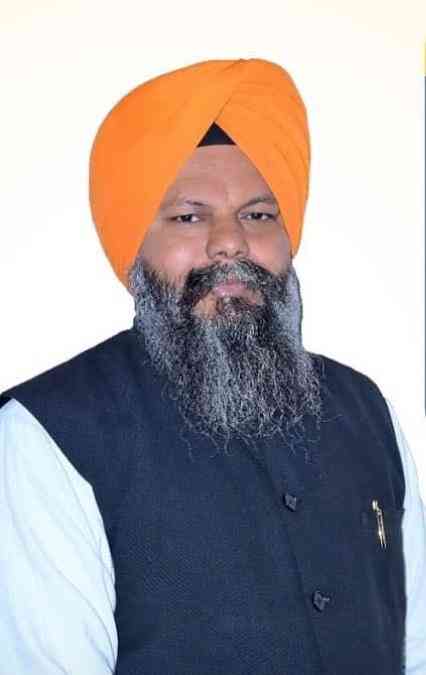Borehole resin extraction trials to be taken up by Forest Corp
Author(s): City Air NewsHimachal Pradesh Forest Minister calls for continuous interaction between university and forest department Nauni (Himachal Pradesh), November 19, 2019: The HP State Forest Development Corporation will soon adopt...


Himachal Pradesh Forest Minister calls for continuous interaction between university and forest department
Nauni (Himachal Pradesh), November 19, 2019: The HP State Forest Development Corporation will soon adopt the borehole technique of oleoresin extraction to minimize the damage caused to pine trees by resin tapping and simultaneously increase the quality of the collected resin.
Himachal Pradesh Forest Minister Sh.Gobind Singh Thakur stated this during the concluding session of the one-day training of officials from HP State Forest Development Corporation at the Dr YS Parmar University of Horticulture and Forestry (UHF) Nauni. The method has been developed by the scientists of the Forest Products Department of the university.
The event was attended by UHF Vice-Chancellor Dr Parvinder Kaushal, BD Suyal, Managing Director, HP Forest Corporation; KK Kataik Director(South); Dr JN Sharma, Director Research, Dr Kulwant Rai Dean College of Forestry and other officials of the university. Around 30 officers of the rank of Divisional Managers and Assistant Managers from various parts of the state took part in the training.
Speaking at the event, the Forest Minister said that the department would adopt the new technique in the coming time so that the twin motives of resin quality and its quantity along with ensuring the good health of the trees can be met. He said that the Forest Department will work in collaboration with the university so that the benefit of the various technologies developed by it can be put to the best use for the development of the state. The Forest Minister also said that the university and the forest department will look to work together for establishing an eco-tourism model on the university campus. He added that the University Vice-Chancellor will be invited to all the important policy meetings of the state forest department to seek their expertise. The forest minister visited the demonstration block of borehole technique and also planted a tree at the university.
Thanking the Minister for his initiative in the adoption of new technology for the development of the forests in the State, Dr Parvinder Kaushal called for continuous interaction between the university and the forest department. Dr Kaushal said that research has played an important role in the development of forestry all over the world and therefore it was important for regular meetings between the two sides. He emphasized on apprising the grass root level workers and train them on the new technique. BD Suyal, MD State Forest Corporation said that technique is quite encouraging and the corporation will take up setting up 10-15,000 bores in every directorate to assess the results of the method. He added that in the second phase the contractors and the labourers will be also be trained on technique by the university. Earlier, Dr Kulwant Rai Sharma gave a detailed presentation and practical demonstration on the technique to the forest officials. He said that the adoption of the technology can prove to be boon for the forests and the resin industry.
Borehole Method of resin extraction
In the past decade, intensive tapping by rill method has resulted in the drying of thousands of pine trees. It has also been observed, that the application of higher concentration of acid, used as a freshener, had adversely affected the growth of trees and even the tapped surface area is not healing. The new method involves drilling small holes (1 inch wide and 4 inches deep) with the help of simple tools into the tree to open its resin ducts. The holes are drilled with a slight slope towards the opening, so that oleoresin drains freely. Multiple boreholes are arrayed evenly around the tree’s circumference, or clustered in groups of two or three. Spouts are tightly fitted into the opening with polythene bags attached to it with the help of tie for resin collection.
The new technique was developed in an attempt to overcome some of the limitations of other conventional methods. A key feature of the method is that a closed collection apparatus prevents premature solidification of resin acids, thereby maintaining oleoresin flow for an extended period of up to six months. Due to reduced oxidation and contamination, the end product is of higher quality with substantially higher turpentine. The average yield per tree is almost the same if numbers of boreholes on a tree are adjusted as per the maximum carrying capacity of the tree. The method also allows tapping of lower diameter trees depending upon their potential of production without having any impact on their health. The crown fire hazards incidents are also less because there is no hard resin accumulation on the main stem and spread of ground blaze can be easily avoided by removing the bags well in time.
The rosin and turpentine oil obtained from borehole method are of very good quality, which can fetch higher prices in the market. In addition to tackling the problems of tree health, labour requirements and costs for borehole tapping are significantly lower than conventional methods. The borehole wounds cause little damage to the tree bark and since these holes are near the ground level, only a healed scar can be seen in the converted woods. Therefore, there is no damage to the merchantable part of the tree.


 cityairnews
cityairnews 










